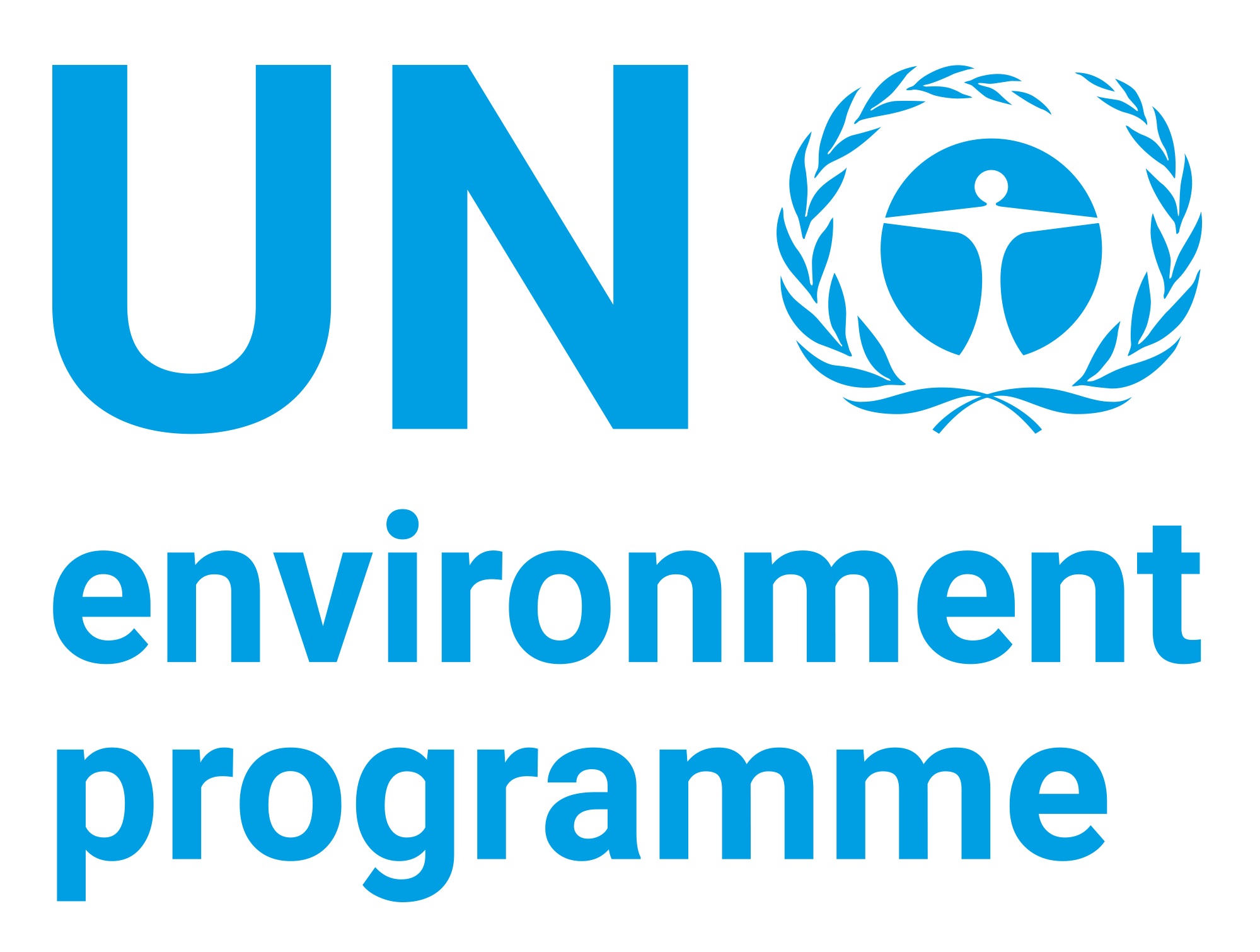| dc.contributor | Ecosystems Division | en_US |
| dc.contributor.author | United Nations Environment Programme | |
| dc.date.accessioned | 2016-11-15T12:36:35Z | |
| dc.date.available | 2016-11-15T12:36:35Z | |
| dc.date.issued | 2014-12 | |
| dc.identifier.uri | https://wedocs.unep.org/20.500.11822/10768 | |
| dc.description | The accelerated use of nitrogen and phosphorous is at the center of a complex web of development benefits and environmental problems. They are key to crop production and half of the world’s food security is dependent on nitrogen and phosphorous fertilizer use. But excess nutrients from fertilizers, fossil fuel burning, and wastewater from humans, livestock, aquaculture and industry lead to air, water, soil and marine pollution, with loss of biodiversity and fish, destruction of ozone and additional global warming potential. The problems will intensify as the demand for food and bio-fuels increase, and growing urban populations produce more wastewater. This will be at an increasing economic cost to countries with the undermining of ecosystems, notably in the coastal zones, and the services and jobs they provide. | |
| dc.format | Text | |
| dc.language | English | |
| dc.publisher | UNEP | |
| dc.subject | nutrient management | en_US |
| dc.subject | communication strategy | en_US |
| dc.subject | nutrient | en_US |
| dc.subject | marine pollution | en_US |
| dc.title | GPNM Communication Strategy | |
| dc.type | Briefs, Summaries, Policies and Strategies | en_US |
| wd.identifier.sdg | SDG 3 - Good Health and Well-Being | |
| wd.identifier.pagesnumber | 7 p. | |


